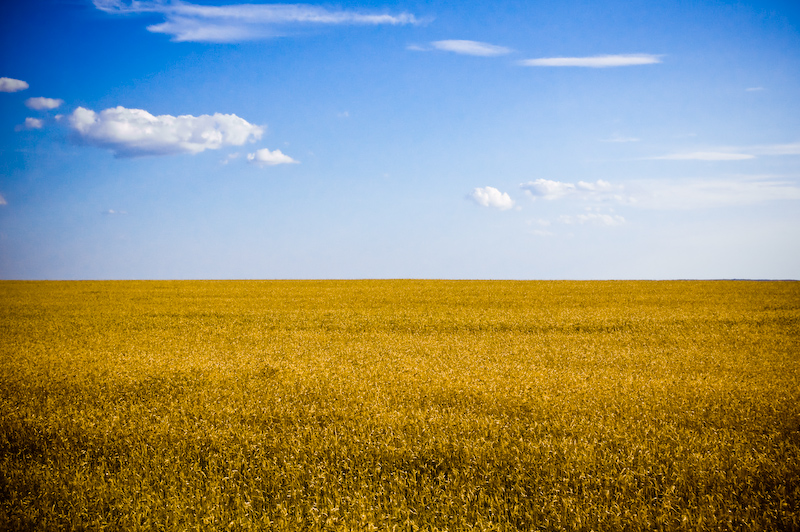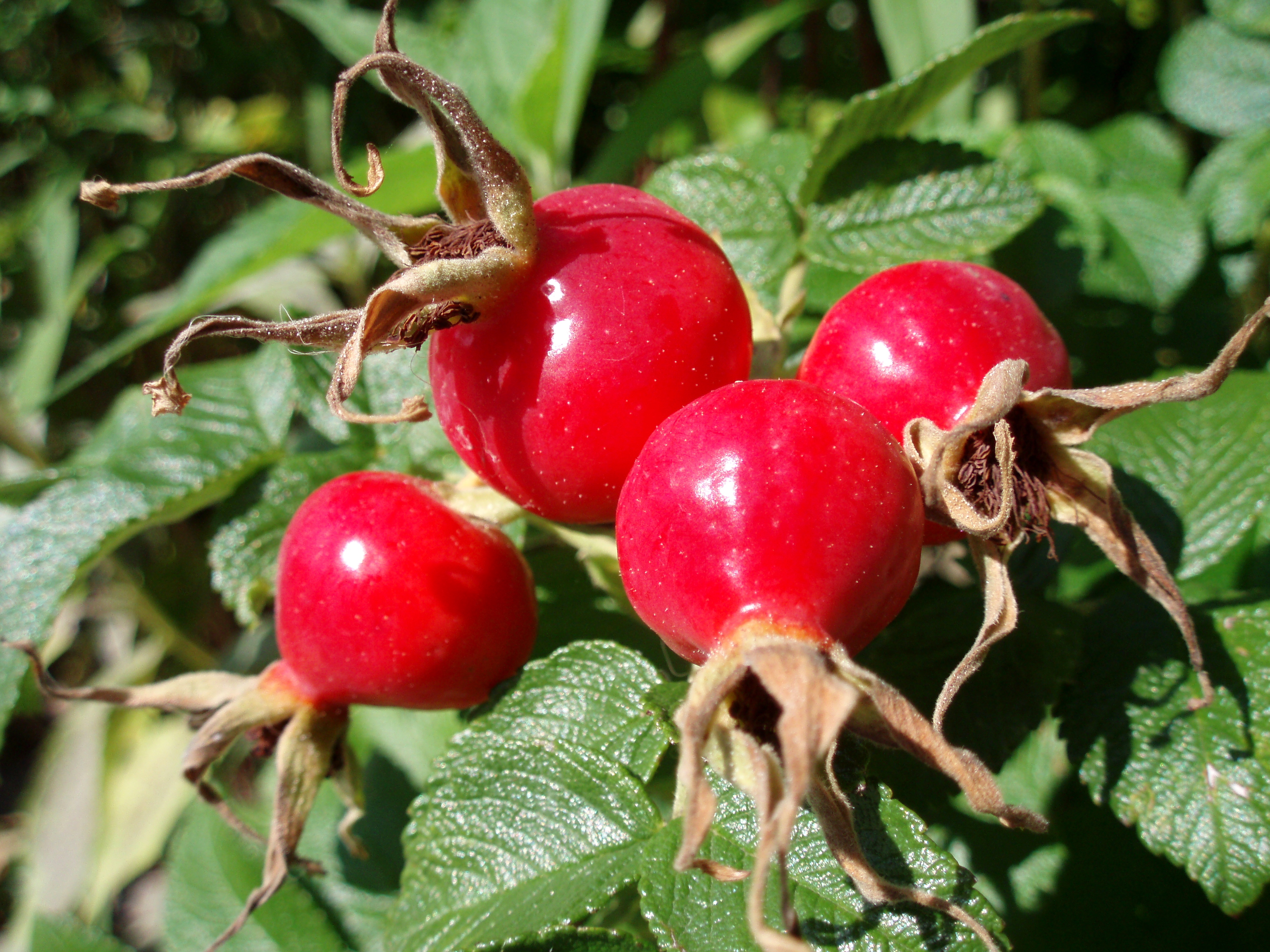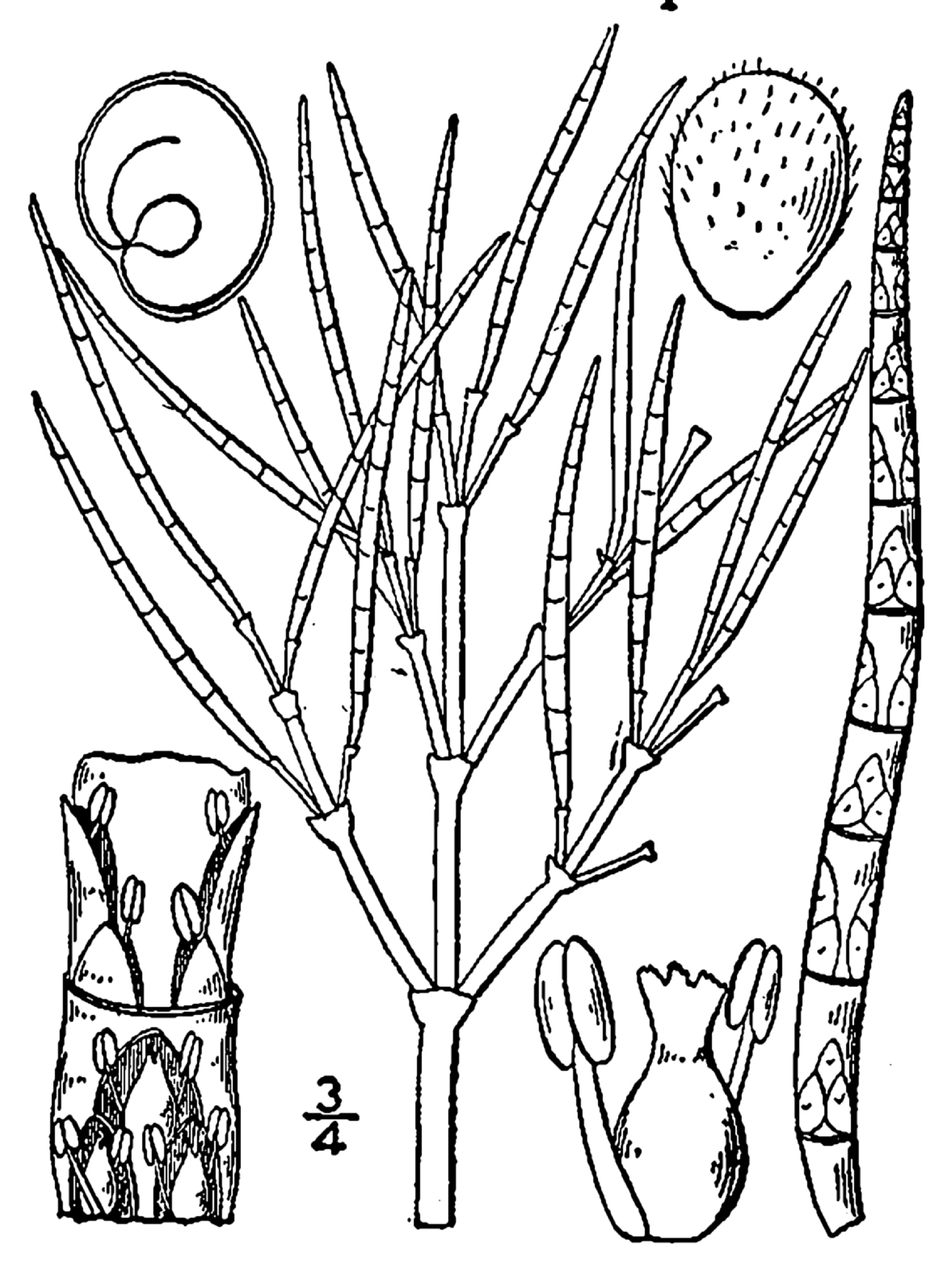|
Arabat Spit
The Arabat Spit ( uk, Арабатська коса; russian: Арабатская коса) or Arabat Arrow is a barrier spit that separates the large, shallow and very salty Syvash lagoons from the Sea of Azov. The spit runs between the Henichesk Strait in the north and the north-eastern shores of Crimea in the south. Name The spit is commonly called the Arabat Arrow ( uk, Арабатська стрілка, ''Arabatska strilka''; crh, Arabat beli; russian: Арабатская стрелка, ''Arabatskaya strelka'') in Russia and Ukraine. It has been called an "arrow" since at least the middle of the 19th century. The ''Arabat'' part of the name comes from the Arabat Fortress, a 17th-century Turkish fort at the southern end of the spit. "Arabat" derives from either Arabic "rabat" meaning a "military post" or Arabic "rabad" meaning a "suburb".Arabat ... [...More Info...] [...Related Items...] OR: [Wikipedia] [Google] [Baidu] |
Spit (landform)
A spit or sandspit is a deposition bar or beach landform off coasts or lake shores. It develops in places where re-entrance occurs, such as at a cove's headlands, by the process of longshore drift by longshore currents. The drift occurs due to waves meeting the beach at an oblique angle, moving sediment down the beach in a zigzag pattern. This is complemented by longshore currents, which further transport sediment through the water alongside the beach. These currents are caused by the same waves that cause the drift. Hydrology and geology Where the direction of the shore inland ''re-enters'', or changes direction, for example at a headland, the longshore current spreads out or dissipates. No longer able to carry the full load, much of the sediment is dropped. This is called deposition. This submerged bar of sediment allows longshore drift or littoral drift to continue to transport sediment in the direction the waves are breaking, forming an above-water spit. Without the co ... [...More Info...] [...Related Items...] OR: [Wikipedia] [Google] [Baidu] |
Arabat Fortress
The Arabat Fortress, built in the 17th century by the Ottoman army, stands at the southernmost part of the Arabat Spit.Arabat Foretress (in Russian) Its purpose was to guard the spit and from invasions.Semenov, p.111 It was in use, with intermissions, until the of 1853–1856. Name The name of the Arabat Fortress originates from either Arabic "rabat", meaning a "military post", or[...More Info...] [...Related Items...] OR: [Wikipedia] [Google] [Baidu] |
Russian Federation
Russia (, , ), or the Russian Federation, is a List of transcontinental countries, transcontinental country spanning Eastern Europe and North Asia, Northern Asia. It is the List of countries and dependencies by area, largest country in the world, with its internationally recognised territory covering , and encompassing one-eighth of Earth's inhabitable landmass. Russia extends across Time in Russia, eleven time zones and shares Borders of Russia, land boundaries with fourteen countries, more than List of countries and territories by land borders, any other country but China. It is the List of countries and dependencies by population, world's ninth-most populous country and List of European countries by population, Europe's most populous country, with a population of 146 million people. The country's capital and List of cities and towns in Russia by population, largest city is Moscow, the List of European cities by population within city limits, largest city entirely within E ... [...More Info...] [...Related Items...] OR: [Wikipedia] [Google] [Baidu] |
Kherson Oblast
Kherson Oblast ( uk, Херсо́нська о́бласть, translit=Khersónsʹka óblastʹ, ), also known as Khersonshchyna ( uk, Херсо́нщина, ), is an oblast (province) in southern Ukraine, currently claimed and partly occupied by Russia. It is located just north of Crimea. Its administrative center is Kherson, on the west bank of the Dnieper which bisects the oblast. The area of the region is 28,461 km2 and the population It is considered the 'fruit basket' of the country, as much of its agricultural production is dispersed throughout the country, with production peaking during the summer months. Most of the area of the oblast has been under Russian military occupation since the 2022 Russian invasion of Ukraine. Territory in the northwest, including Kherson city, was recaptured by Ukraine in the southern counteroffensive. On 30 September 2022 Russia annexed the Donetsk (Donetsk People's Republic), Luhansk (Luhansk People's Republic), Zaporizhzhia, and ... [...More Info...] [...Related Items...] OR: [Wikipedia] [Google] [Baidu] |
Sivash
The Syvash or Sivash (Russian and Ukrainian: ; , Cyrillic: Сываш, "dirt"), also known as the or (, ''Gniloye More''; , ''Hnyle More''; , Cyrillic: Чюрюк Денъиз), is a large area of shallow lagoons on the west coast of the Sea of Azov. Separated from the sea by the narrow Arabat Spit, the water of the Syvash covers an area of around and the entire area spreads over about . The Henichesk Strait is its eastern connection to the Sea of Azov. The Syvash borders the northeastern coast of the main Crimean Peninsula. Central and Eastern Syvash were registered as wetlands of Ukraine under the Ramsar Convention; however, after the 2014 Russian annexation of Crimea they became subject to a territorial dispute. Since the 2022 Russian invasion of Ukraine, the entire Syvash has been occupied by Russia. Overview The Syvash nearly cuts the Crimean Peninsula off from the mainland, serving as a natural border for its autonomous republic. The long () and narrow () Arabat Spit r ... [...More Info...] [...Related Items...] OR: [Wikipedia] [Google] [Baidu] |
Liquorice
Liquorice (British English) or licorice (American English) ( ; also ) is the common name of ''Glycyrrhiza glabra'', a flowering plant of the bean family Fabaceae, from the root of which a sweet, aromatic flavouring can be extracted. The liquorice plant is an herbaceous perennial legume native to Western Asia, North Africa, and Southern Europe. Botanically, it is not closely related to anise or fennel, which are sources of similar flavouring compounds. (Another such source, star anise, is even more distantly related from anise and fennel than liquorice, despite its similar common name.) Liquorice is used as a flavouring in candies and tobacco, particularly in some European and West Asian countries. Liquorice extracts have been used in herbalism and traditional medicine. Excessive consumption of liquorice (more than per day of pure glycyrrhizinic acid, a liquorice component) may result in adverse effects, and overconsumption should be suspected clinically in patients presentin ... [...More Info...] [...Related Items...] OR: [Wikipedia] [Google] [Baidu] |
Rose Hip
The rose hip or rosehip, also called rose haw and rose hep, is the accessory fruit of the various species of rose plant. It is typically red to orange, but ranges from dark purple to black in some species. Rose hips begin to form after pollination of flowers in spring or early summer, and ripen in late summer through autumn. Propagation Roses are propagated from rose hips by removing the achenes that contain the seeds from the hypanthium (the outer coating) and sowing just beneath the surface of the soil. The seeds can take many months to germinate. Most species require chilling (stratification), with some such as ''Rosa canina'' only germinating after two winter chill periods. Use Rose hips are used in bread and pies, jam, jelly, marmalade, syrup, soup, tea, wine, and other beverages. Rose hips can be eaten raw, like berries, if care is taken to avoid the hairs inside the fruit. The hairs are used as itching powder. A few rose species are sometimes grown for the ornament ... [...More Info...] [...Related Items...] OR: [Wikipedia] [Google] [Baidu] |
Tamarix
The genus ''Tamarix'' (tamarisk, salt cedar, taray) is composed of about 50–60 species of flowering plants in the family Tamaricaceae, native to drier areas of Eurasia and Africa. The generic name originated in Latin and may refer to the Tamaris River in Hispania Tarraconensis (Spain). Description They are evergreen or deciduous shrubs or trees growing to in height and forming dense thickets. The largest, ''Tamarix aphylla'', is an evergreen tree that can grow to tall. They usually grow on saline soils, tolerating up to 15,000 ppm soluble salt, and can also tolerate alkaline conditions. Tamarisks are characterized by slender branches and grey-green foliage. The bark of young branches is smooth and reddish brown. As the plants age, the bark becomes gray-brown, ridged and furrowed. The leaves are scale-like, almost like that of junipers, 1–2 mm (1/20" to 1/10") long, and overlap each other along the stem. They are often encrusted with salt secretions. The pink to w ... [...More Info...] [...Related Items...] OR: [Wikipedia] [Google] [Baidu] |
Carex Colchica
''Carex colchica'' is a species of perennial plant in the family Cyperaceae The Cyperaceae are a family of graminoid (grass-like), monocotyledonous flowering plants known as sedges. The family is large, with some 5,500 known species described in about 90 genera, the largest being the "true sedges" genus ''Carex'' w .... Synonyms * ''Carex arenaria'' var. ''castanea'' Boott * ''Carex arenaria'' var. ''colchica'' (J.Gay) Christ * ''Carex arenaria'' subsp. ''colchica'' (J.Gay) Nyman * ''Carex arenaria'' subsp. ''ligerica'' (J.Gay) Bonnier & Layens * ''Carex colchica'' subsp. ''ligerica'' (J.Gay) T.V.Egorova * ''Carex ligerica'' J.Gay * ''Carex ligerica'' f. ''capitata'' Lackow. & Paul * ''Carex ligerina'' Boreau * ''Carex schoenoides'' Schrank * ''Carex schreberi'' subsp.'' ligerica'' (J.Gay) Almq. * ''Vignea colchica'' (J.Gay) Soják * ''Vignea ligerica'' (J.Gay) Soják References * J.Gay, ''Ann. Sci. Nat., Bot.'', II, 10: 303 (1838) Encyclopedia of Life entryeMonocot entr ... [...More Info...] [...Related Items...] OR: [Wikipedia] [Google] [Baidu] |
Salicornia
''Salicornia'' is a genus of succulent, halophytic (salt tolerant) flowering plants in the family Amaranthaceae that grow in salt marshes, on beaches, and among mangroves. ''Salicornia'' species are native to North America, Europe, Central Asia, and southern Africa. Common names for the genus include glasswort, pickleweed, picklegrass, and marsh samphire; these common names are also used for some species not in ''Salicornia''. To French speakers in Atlantic Canada, they are known colloquially as ''titines de souris'' ('mouse tits'). The main European species is often eaten, called marsh samphire in Britain, and the main North American species is occasionally sold in grocery stores or appears on restaurant menus as sea beans, samphire greens or sea asparagus. Description The ''Salicornia'' species are small annual herbs. They grow prostrate to erect, their simple or branched stems are succulent, hairless, and appear to be jointed. The opposite leaves are strongly reduced to sma ... [...More Info...] [...Related Items...] OR: [Wikipedia] [Google] [Baidu] |
Salsola
''Salsola'' is a genus of the subfamily Salsoloideae in the family Amaranthaceae. The genus ''sensu stricto'' is distributed in central and southwestern Asia, North Africa, and the Mediterranean. A common name of various members of this genus and related genera is saltwort, for their salt tolerance. The genus name ''Salsola'' is from the Latin ''salsus'', meaning "salty". Description The species of ''Salsola'' are mostly subshrubs, shrubs, small trees, and rarely annuals. The leaves are mostly alternate, rarely opposite, simple, and entire. The bisexual flowers have five tepals and five stamens. The pistil ends in two stigmata. The fruit is spherical with a spiral embryo and no perisperm. Systematics The genus name ''Salsola'' was first published in 1753 by Linnaeus in ''Species Plantarum''. The type species is ''Salsola soda'' L. The genus ''Salsola'' belongs to the tribe Salsoleae ''s.s.'' of the subfamily Salsoloideae in the family Amaranthaceae. The genus was recircumscrib ... [...More Info...] [...Related Items...] OR: [Wikipedia] [Google] [Baidu] |
Crambe
''Crambe'' is a genus of annual and perennial flowering plants in the family Brassicaceae, native to a variety of habitats in Europe, Turkey, southwest and central Asia and eastern Africa. They carry dense racemes of tiny white or yellow flowers on (mostly leafless) stems above the basal leaves. ''Crambe hispanica'' subsp. ''abyssinica'', formerly known as '' Crambe abyssinica'', is grown for the oil from the seeds that has characteristics similar to whale oil. The word "crambe" derives, via the Latin ''crambe'', from the Greek ''κράμβη'', a kind of cabbage. ''Crambe'' species are used as food plants by the larvae of the weevil '' Lixus canescens'' (Coleoptera) ''Skuhrovec, J. & Volovnik, S.'' (2015) Biology and morphology of immature stages of ''Lixus canescens'' (Coleoptera: Curculionidae: Lixinae). Zootaxa, 4033(3): 350-362. and some Lepidoptera species including the lime-speck pug. Species Currently accepted species include: *'' Crambe alutacea'' Hand.-Mazz. *''Cram ... [...More Info...] [...Related Items...] OR: [Wikipedia] [Google] [Baidu] |




